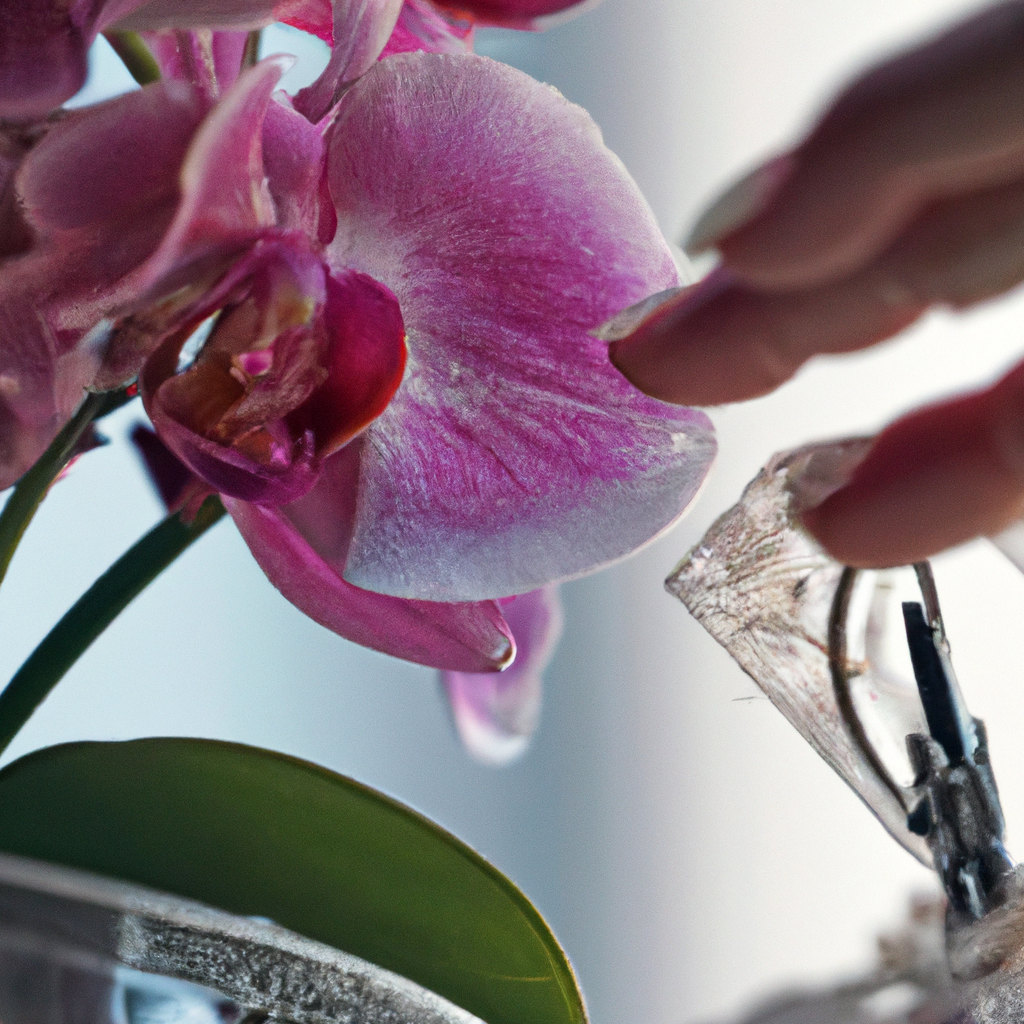Orchids are one of the most popular houseplants due to their stunning beauty and exotic appearance. Although they are regarded as delicate and difficult to care for, with proper orchid care, they can thrive and bloom for years. In this article, we will discuss how to care for an orchid plant, including orchid care tips, watering, fertilizing, repotting, and common problems.
1. Watering Orchids
One of the most crucial aspects of orchid care is watering. Orchids do not like to be overwatered, and their roots can easily rot if left in standing water. The best way to water an orchid is to soak its roots in water for a few minutes, then allow the excess water to drain away. Orchids should be watered only when the potting medium is almost dry to the touch. Overwatering can cause the orchid to drop its leaves, while underwatering can lead to dehydration and death.
2. Fertilizing Orchids
Orchids require regular fertilizing to thrive. A balanced orchid fertilizer should be used at half strength every two weeks during the growing season, which is from spring to fall. During the winter months, fertilizing should be reduced to once a month. Overfertilizing can cause the tips of the leaves to burn, while underfertilizing can cause stunted growth and lack of blooms.
3. Repotting Orchids
Orchids should be repotted every one to two years, or when the potting medium breaks down and becomes compacted. To repot an orchid, gently remove it from its pot and carefully trim away any dead or damaged roots. Place the orchid in a new pot with fresh potting medium and water thoroughly. Repotting an orchid can help it grow healthier and produce more blooms.
4. Orchid Care Tips
In addition to proper watering, fertilizing, and repotting, there are several other orchid care tips to keep in mind. Here are some of the most important tips:
– Orchids prefer bright, indirect light. They should not be placed in direct sunlight, as this can burn their leaves.
– Orchids need good air circulation to prevent fungal and bacterial infections. A fan can be used to keep the air moving around the orchid.
– Orchids should be kept in a temperature range of 60-80 degrees Fahrenheit, with a drop in temperature at night to encourage blooming.
– Orchids should be kept away from drafts, such as those from air conditioning or heating vents.
– When choosing a pot for an orchid, it is best to choose a pot with drainage holes to prevent standing water.
5. Common Orchid Problems
Even with proper orchid care, problems can still arise. Here are some of the most common orchid problems and how to solve them:
– Yellowing leaves: This can be a sign of overwatering or underwatering. Adjust the watering schedule accordingly.
– Brown spots on leaves: This can be a sign of sunburn or a fungal infection. Move the orchid to a shadier location or treat it with a fungicide.
– No blooms: This can be caused by a lack of fertilizing or a lack of proper temperature fluctuations. Increase fertilizing or adjust the temperature accordingly.
In conclusion, orchid care is not as complicated as it seems. With proper watering, fertilizing, repotting, and orchid care tips, orchids can thrive and bloom for years. By following these guidelines and keeping an eye out for common orchid problems, anyone can successfully care for an orchid plant.







